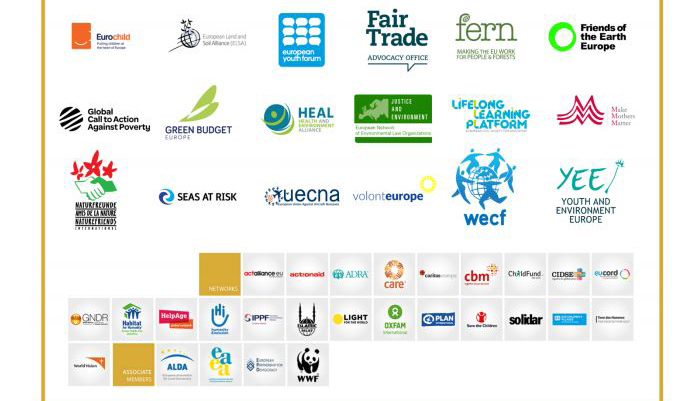Interesting study especially following conclusion and recommendation to introduce a Frequent Flyer Levy on long-haul flights only:
(Journal of Transport Geography 121 | 2024 | 104022)
There are reasons why climate policy measures specifically targeting long-haul air travel might be easier to introduce than policies affecting all flight segments equally. First, even in high_income countries most individuals do not fly in a given year (Büchs and Mattioli, 2021; ICCT, 2022), and even fewer fly long-haul (Hopkinson and Cairns, 2021; Mattioli et al., 2022). Downsizing the long-haul segment is arguably the best means to ensure the largest emission reduction while minimising the number of trips and passengers that would be affected. This would maximise the ‘emission-reduction sensitivity’ metric proposed by Wadud et al. (2024) to assess the efficiency of sustainable transport strategies. If communicated that way, this strategy might find support among the public, the large majority of which do not fly long-haul with any regularity. Flying long-haul is also more likely to be perceived as a ‘luxury’ rather than a ‘need’, notably when the activities that motivate the trip can be performed in a reasonably similar but closer destination (e.g., in the case of a Northern European travelling to the Caribbean rather than to the Mediterranean for a beach holiday).

Besides policies that target long-haul air travel specifically, pricing instruments such as a carbon price on aviation fuel (Gossling et al., 2021) or a ‘frequent flyer levy’ (ICCT, 2022), or combinations of the two (Fouquet and O’Garra, 2020; Büchs and Mattioli, 2024), should be considered. These would help managing travel demand in the long-haul segment, while placing accountability for emissions incurred where it belongs.






